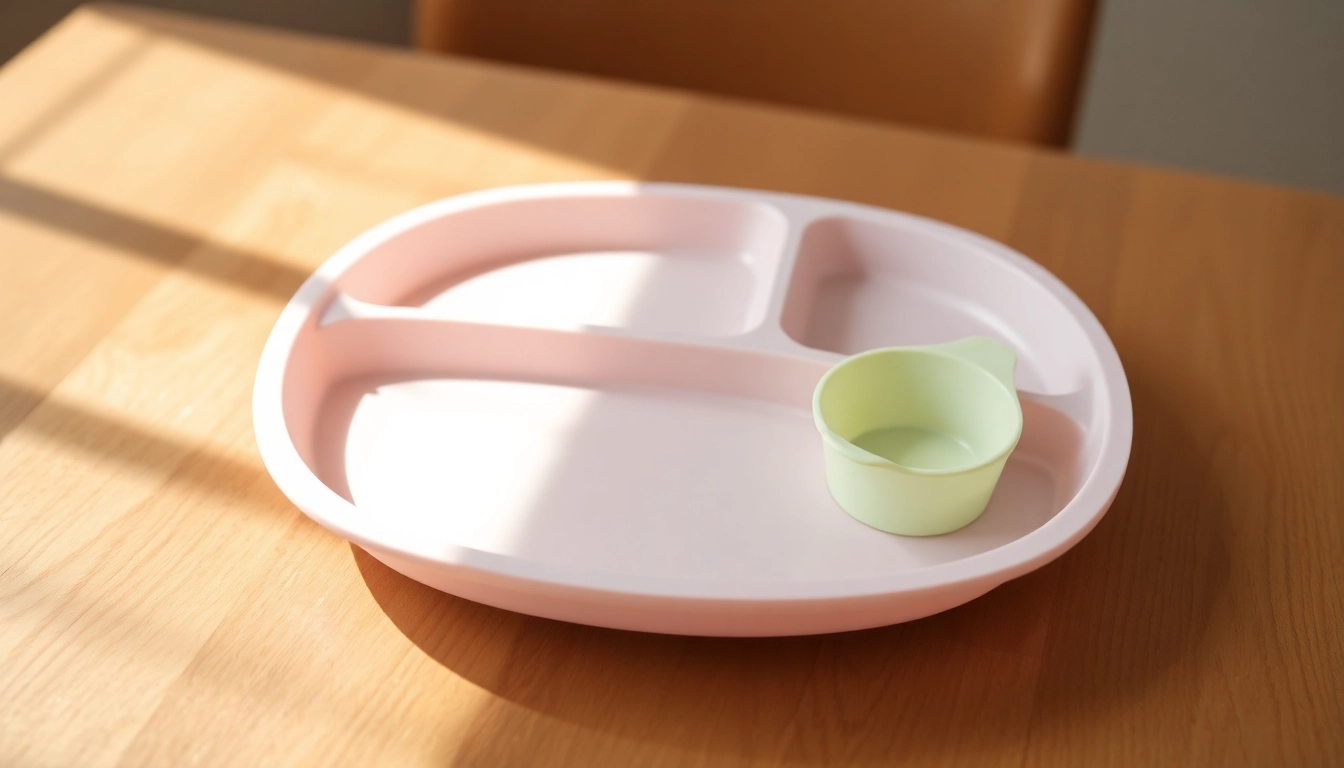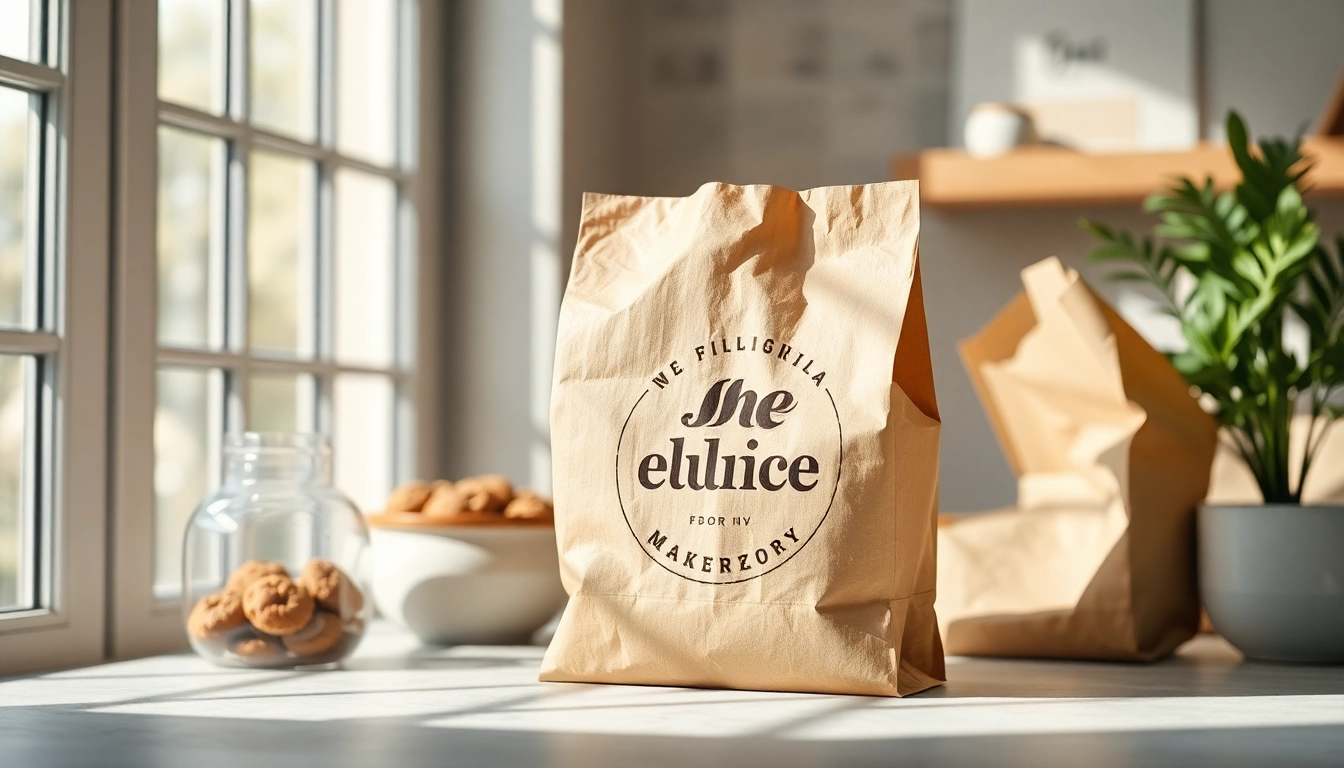Understanding the Benefits of Silicone Divided Plates for Self Feeding
Introducing a silicone divided plate for self feeding has revolutionized the way parents approach mealtime with their toddlers. These innovative plates are designed to promote independence, safety, and healthy eating habits in young children. Made from high-quality, food-grade silicone, these plates are free from BPA, phthalates, and other harmful substances, ensuring a safe dining experience for your little one. The divided compartments help organize meal components, making it easier for children to learn portion control and develop a sense of order at the table. Moreover, their flexible and non-toxic materials make them resistant to cracks and breakage, even with active kids’ use.
Beyond safety, silicone divided plates enhance a child’s ability to self-feed by encouraging exploration. By having separate sections for fruits, vegetables, grains, or proteins, children can practice scooping and picking up food confidently. This promotes fine motor development and builds the foundation for more complex eating skills. Their non-slip ventosa (suction) base ensures stability during use, preventing messes and spills — a common challenge for parents striving for a calm mealtime environment. As a result, using these plates not only fosters independence but also cultivates positive associations with self-feeding, setting the stage for a lifetime of healthy eating habits.
Key Features to Look for in Silicone Divided Plates
Multiple Compartments for Balanced Meals
One of the most critical attributes of an effective silicone divided plate is the number and design of compartments. A well-designed plate typically features three to four sections, allowing caregivers to serve balanced meals comprising proteins, carbs, and vegetables. This organization makes it easier for children to understand meal composition and encourages a varied diet. Additionally, dividing food visually can aid in reducing pickiness, as children are more inclined to try foods presented separately rather than all mixed together.
Non-Slip Ventosa Base for Stability
Ensuring the plate remains stable during feeding is essential. The ventosa base adheres firmly to smooth surfaces, preventing accidental slips and minimizing chaos at the table. This feature is especially vital for toddlers still developing their coordination. A strong suction base supports independent feeding by allowing children to manipulate the plate with confidence while reducing the need for constant adult intervention.
Flexible and Child-Friendly Design
Design matters when it comes to fostering a positive eating environment. Plates with rounded edges, ergonomic shapes, and vibrant colors are more appealing to children. Flexibility in material makes the plate easy to handle and less intimidating. Some plates also incorporate fun shapes, like rainbows or animals, which can increase engagement and make mealtime more enjoyable. Durability ensures the plates withstand bites, drops, and frequent cleaning without losing their functionality or aesthetic appeal.
How to Integrate Silicone Divided Plates into Your Feeding Routine
Tips for Transitioning to Self Feeding
Transitioning your toddler to self-feeding can be a smooth process with the right tools. Start by introducing the silicone divided plate early, encouraging your child to explore the separate compartments. Use positive reinforcement and demonstrate scooping or picking up foods. Incorporate the plate into regular mealtimes, gradually increasing the child’s independence. Making mealtime fun and stress-free helps establish routines that promote self-confidence and good eating habits.
Meal Presentation Ideas for Better Engagement
Presentation plays a vital role in encouraging children to try new foods. Use colorful fruits and vegetables, arranging them in an appealing manner within the divided compartments. For example, create rainbow-themed platters or smiley faces with different foods to captivate their interest. Incorporating familiar shapes or themes can also make mealtime more engaging. Additionally, involving children in the preparation process boosts their curiosity and willingness to taste what they have helped assemble.
Cleaning and Maintenance Best Practices
Easy cleaning is a significant advantage of silicone plates. They are dishwasher safe and resistant to staining and odors. To prolong their lifespan, rinse them thoroughly after each use and avoid using harsh abrasive cleaners. Regular inspection for tears or damage ensures safety, and replacing worn-out plates maintains a hygienic environment for your child’s meals. Proper storage in a dry, clean place prevents deformation and keeps the plates looking and functioning at their best.
Common Challenges and Expert Solutions in Using Divided Plates
Preventing Spills and Messes
Despite the design advantages, some children may still struggle with spilling. Ensuring the plate has a strong, suction-based ventosa helps, but also consider environmental factors like surface texture and stability. Educate children on how to hold and manipulate the plates and introduce gradual independence. Using smaller portions initially and increasing portions as their skills improve can also reduce messes.
Choosing the Right Size and Style
Matching the plate size to your child’s age and eating capabilities is crucial. Smaller plates are ideal for younger toddlers to prevent overwhelming portions, while larger plates suit older children adjusting to bigger servings. The style should align with your aesthetic preferences and practicality—look for designs that are dishwasher safe, scratch-resistant, and made with certified food-grade silicone.
Encouraging Healthy Eating Habits
Positive reinforcement and meal variety are effective strategies for fostering healthy eating habits. Use the divided plates to introduce new foods alongside familiar favorites, gradually expanding their palate. Create positive associations by praising their efforts and making mealtime a bonding experience. Additionally, exploring Italian culinary traditions, rich in natural ingredients and balanced nutrients, can inspire children to appreciate wholesome foods from an early age.
Customer Insights and Success Stories
Real-Life Experiences with Silicone Divided Plates
Many parents report that using silicone divided plates has significantly reduced mealtime stress. Children tend to eat more independently, trying new foods without fuss. For example, one parent shared that their toddler, initially a picky eater, started happily exploring different meal components thanks to the playful design and organization provided by these plates. Testimonials highlight how these products facilitate smoother transitions during the challenging early stages of self feeding.
Parental Tips for Maximizing Benefits
Parents recommend involving children in choosing their plates—bright colors and fun shapes make them more eager to use the product. Consistency is key; establish routine use during every meal to build familiarity. Also, pairing the use of these plates with engaging stories or educational content about food can deepen interest and promote healthy habits.
Product Comparisons and Recommendations
When selecting a silicone divided plate, consider looking for certifications, ease of cleaning, and stability features. Brands offering multi-compartment designs with secure ventosa bases are highly recommended. For added value, opt for plates that are microwave-safe and resistant to staining, ensuring they can handle various meal types and temperatures. Combining these features guarantees a reliable and enjoyable mealtime experience for both parents and children.


